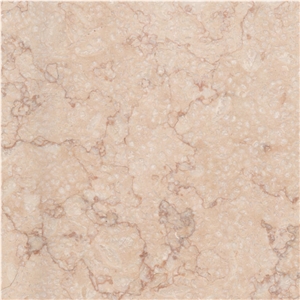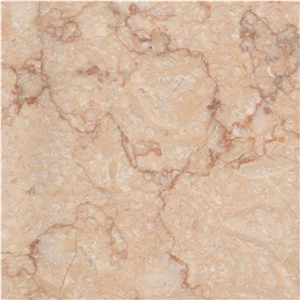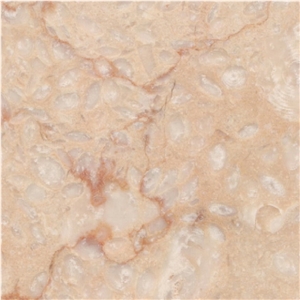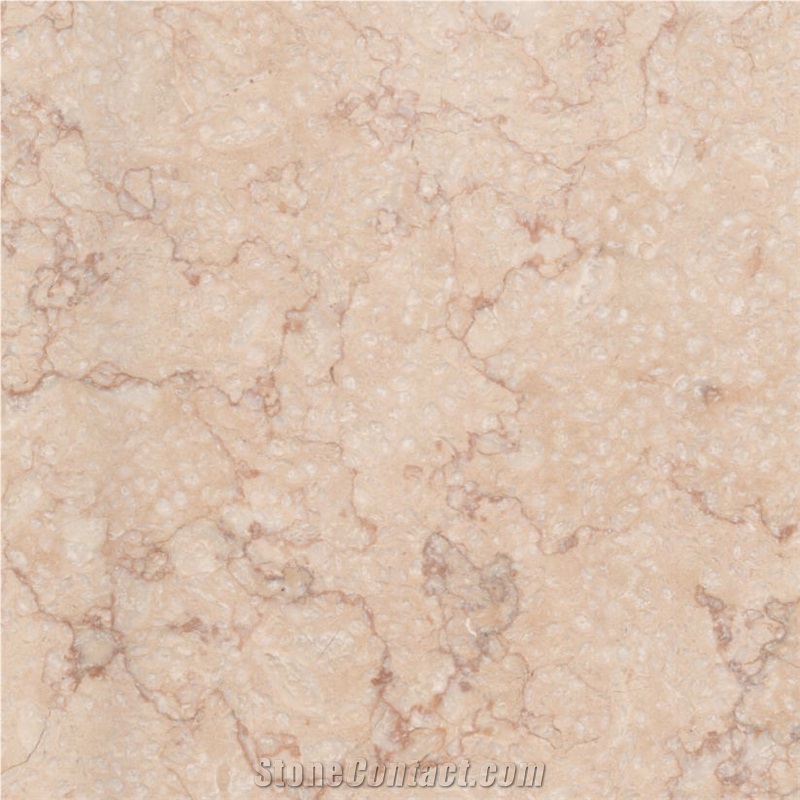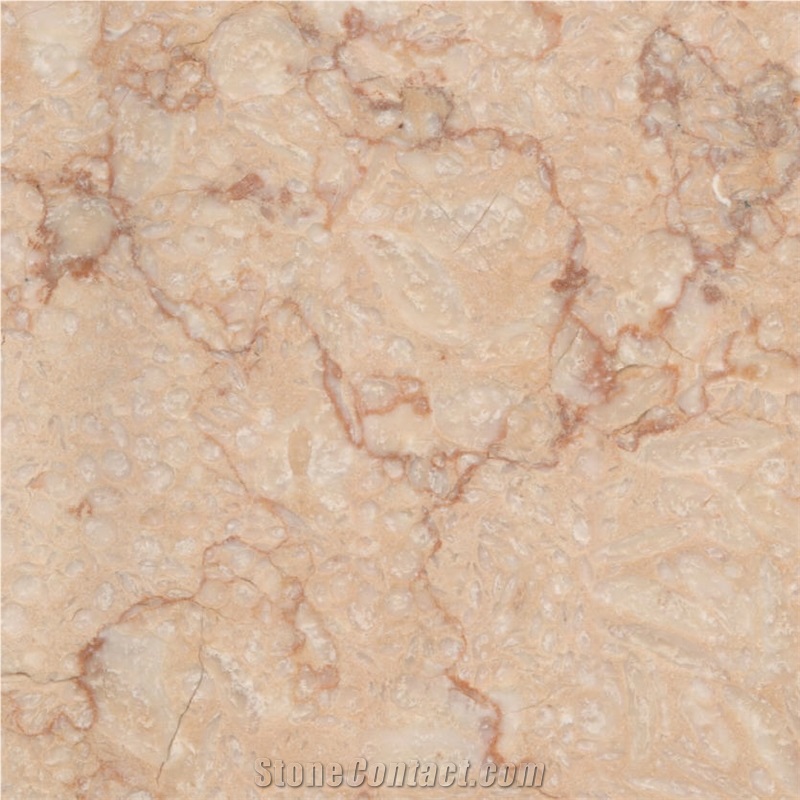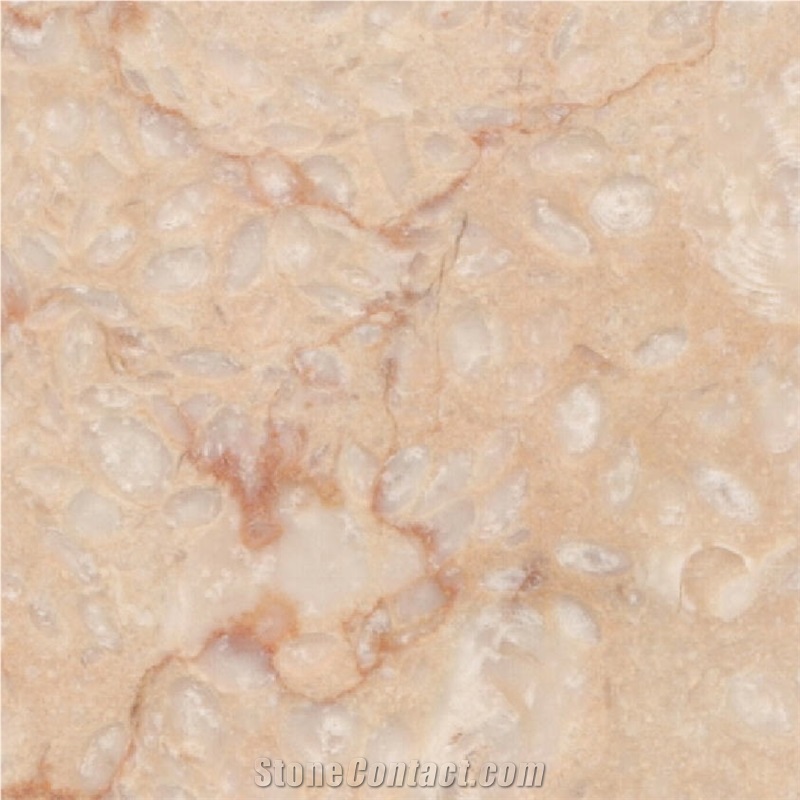Galala Light Marble
 Egypt
(Suez, El-Galala El- Bahareyia Mountain)
Egypt
(Suez, El-Galala El- Bahareyia Mountain)
Galala Light Marble is a medium grain light creamy beige with golden shades and white quartz grains colored sedimentary rock.
Finishes available: Honed, Aged, Polished, Sawn Cut, Sanded, Rockfaced, Sandblasted, Bushhammered, Tumbled, Weatheredge
Galala Light Marble can be commonly used; Exterior - Interior wall and floor applications, coluntertops, sinks, moldings, medallions, mosaic, fountains, pool and wall capping, stairs, window sills, etc

What color grout goes best with Galala Light Marble tile?

Does Galala Light Marble countertop crack easily?

How can I protect Galala Light Marble countertops when cooking?

How thick is Egypt's Galala Light Marble slabs?

Can I cut on Galala Light Marble?

How thick is Galala Light Marble in mm for bathroom top?

How do I choose grout color for Galala Light Marble mosaic?

Is it safe to put hot pans on Galala Light Marble countertops?

Does thickness of Galala Light Marble stair risers matter?

Can Egypt's Galala Light Marble be used exterior applications in very dusty climates?

Are there color variations of Egypt's Galala Light Marble?

Can Egypt's Galala Light Marble be used outdoors?

Can I buff out scratches on Galala Light Marble countertop?

Can Egypt's Galala Light Marble be used in landscaping?

What cabinet color goes with Galala Light Marble?

What happens if I don't seal Galala Light Marble countertops?

Do I need to put plywood under Galala Light Marble countertops?

What is the standard thickness of Galala Light Marble countertops?

What is the thickness of Galala Light Marble mosaic tiles?

Is Egypt's Galala Light Marble an expensive stone?

What is the coefficient of friction of Filled Egypt's Galala Light Marble tiles?

Can I fix a chip in Galala Light Marble countertop?

What is the size of a standard Galala Light Marble mosaic tile?

Can Egypt's Galala Light Marble be used in a dining room?

How can I fix a water damaged Galala Light Marble countertop?

What grade is Egypt's Galala Light Marble?

Can I restore damaged Galala Light Marble staircase?
-

EL NAHAR GROUP MARBLE AND GRANITE
 Egypt
Egypt
 2YRDiamond members are premium members on platform, providing members with comprehensive approach to promoting their products, increasing products exposure and investment return to maximize.
2YRDiamond members are premium members on platform, providing members with comprehensive approach to promoting their products, increasing products exposure and investment return to maximize.
 Verified Supplier is for prove company authenticity,including business license,trade license and effective office space,to enhance buyers' trust to suppliers and their products, reducing communication costs.
Verified Supplier is for prove company authenticity,including business license,trade license and effective office space,to enhance buyers' trust to suppliers and their products, reducing communication costs.
Contact Supplier
-

Sun Stone For Marble & Granite
 Egypt
Egypt
 2YRDiamond members are premium members on platform, providing members with comprehensive approach to promoting their products, increasing products exposure and investment return to maximize.
2YRDiamond members are premium members on platform, providing members with comprehensive approach to promoting their products, increasing products exposure and investment return to maximize.
 Verified Supplier is for prove company authenticity,including business license,trade license and effective office space,to enhance buyers' trust to suppliers and their products, reducing communication costs.
Verified Supplier is for prove company authenticity,including business license,trade license and effective office space,to enhance buyers' trust to suppliers and their products, reducing communication costs.
Contact Supplier
-

EL NAHAR GROUP MARBLE AND GRANITE
 Egypt
Egypt
 2YRDiamond members are premium members on platform, providing members with comprehensive approach to promoting their products, increasing products exposure and investment return to maximize.
2YRDiamond members are premium members on platform, providing members with comprehensive approach to promoting their products, increasing products exposure and investment return to maximize.
 Verified Supplier is for prove company authenticity,including business license,trade license and effective office space,to enhance buyers' trust to suppliers and their products, reducing communication costs.
Verified Supplier is for prove company authenticity,including business license,trade license and effective office space,to enhance buyers' trust to suppliers and their products, reducing communication costs.
Contact Supplier
-

 Egypt
Egypt
 1YRDiamond members are premium members on platform, providing members with comprehensive approach to promoting their products, increasing products exposure and investment return to maximize.
1YRDiamond members are premium members on platform, providing members with comprehensive approach to promoting their products, increasing products exposure and investment return to maximize.
 Verified Supplier is for prove company authenticity,including business license,trade license and effective office space,to enhance buyers' trust to suppliers and their products, reducing communication costs.
Verified Supplier is for prove company authenticity,including business license,trade license and effective office space,to enhance buyers' trust to suppliers and their products, reducing communication costs.
Contact Supplier
-

 Egypt
Egypt
 6YRDiamond members are premium members on platform, providing members with comprehensive approach to promoting their products, increasing products exposure and investment return to maximize.
6YRDiamond members are premium members on platform, providing members with comprehensive approach to promoting their products, increasing products exposure and investment return to maximize.
 Verified Supplier is for prove company authenticity,including business license,trade license and effective office space,to enhance buyers' trust to suppliers and their products, reducing communication costs.
Verified Supplier is for prove company authenticity,including business license,trade license and effective office space,to enhance buyers' trust to suppliers and their products, reducing communication costs.
Contact Supplier
-

-

EL NAHAR GROUP MARBLE AND GRANITE
 Egypt
Egypt
 2YRDiamond members are premium members on platform, providing members with comprehensive approach to promoting their products, increasing products exposure and investment return to maximize.
2YRDiamond members are premium members on platform, providing members with comprehensive approach to promoting their products, increasing products exposure and investment return to maximize.
 Verified Supplier is for prove company authenticity,including business license,trade license and effective office space,to enhance buyers' trust to suppliers and their products, reducing communication costs.
Verified Supplier is for prove company authenticity,including business license,trade license and effective office space,to enhance buyers' trust to suppliers and their products, reducing communication costs.
Contact Supplier
-

-

-

The request includes: 1. surface finished, size 2. quantity required






